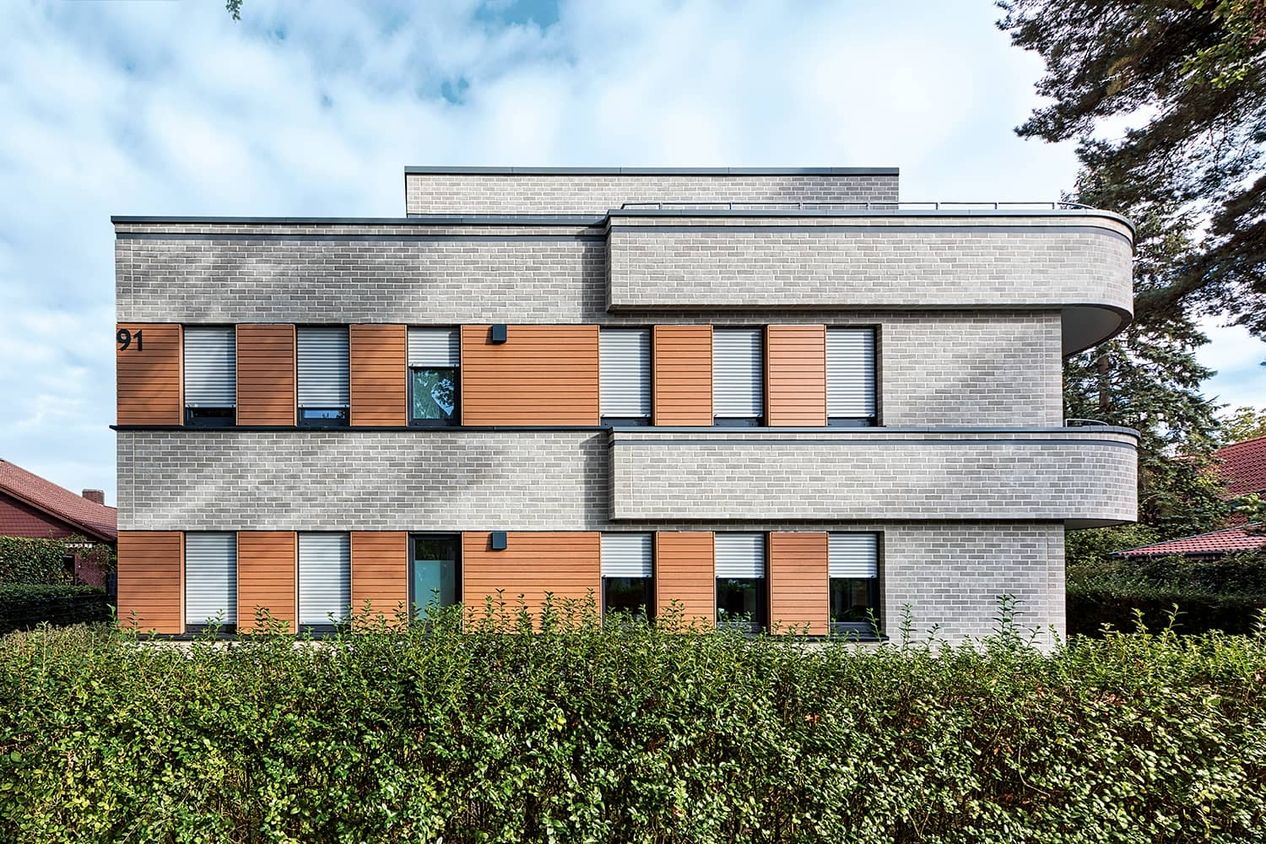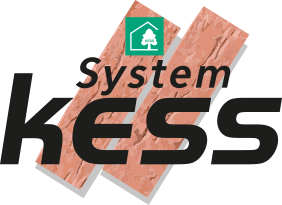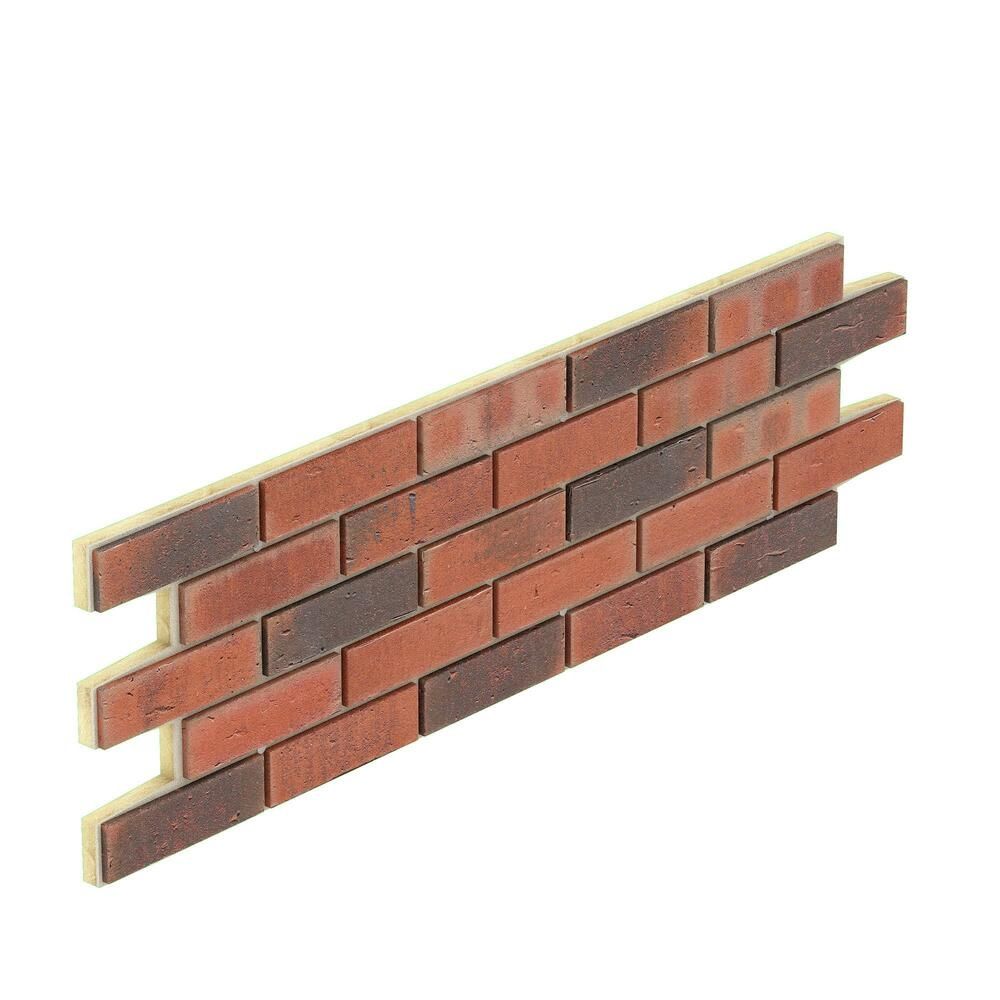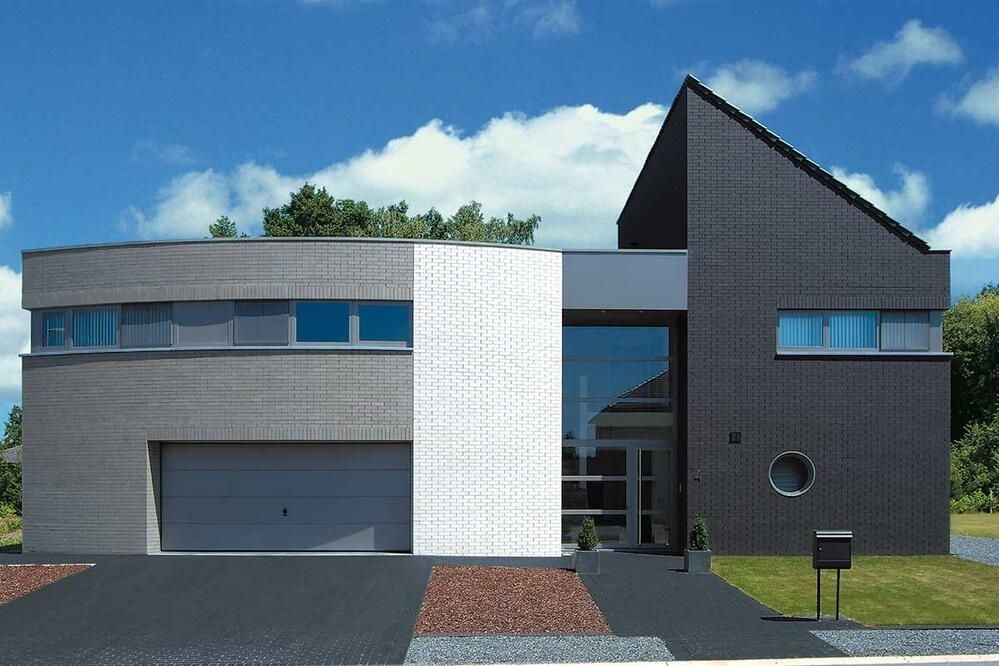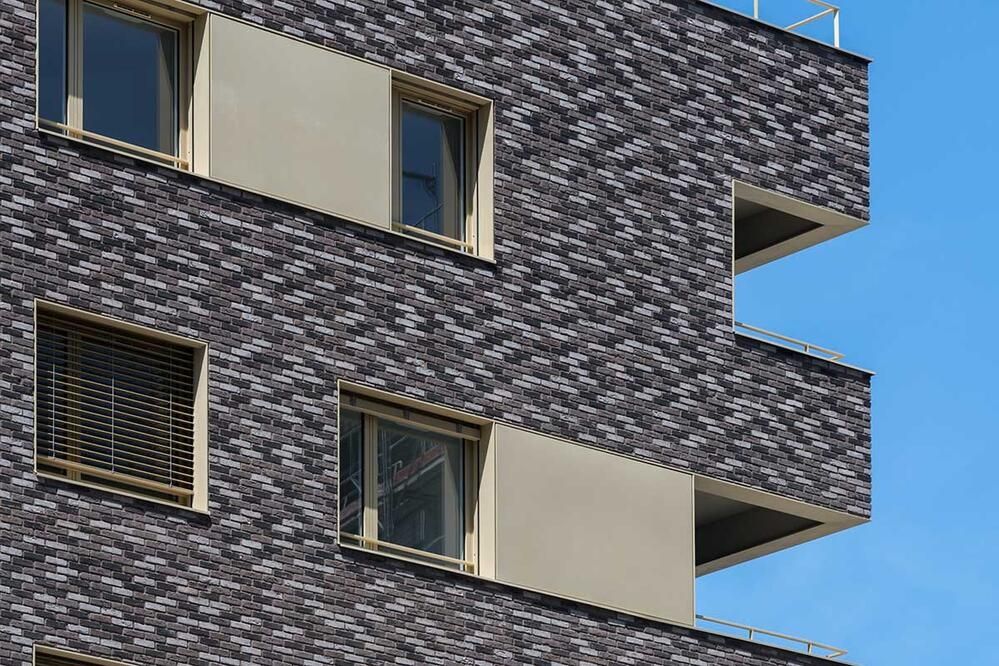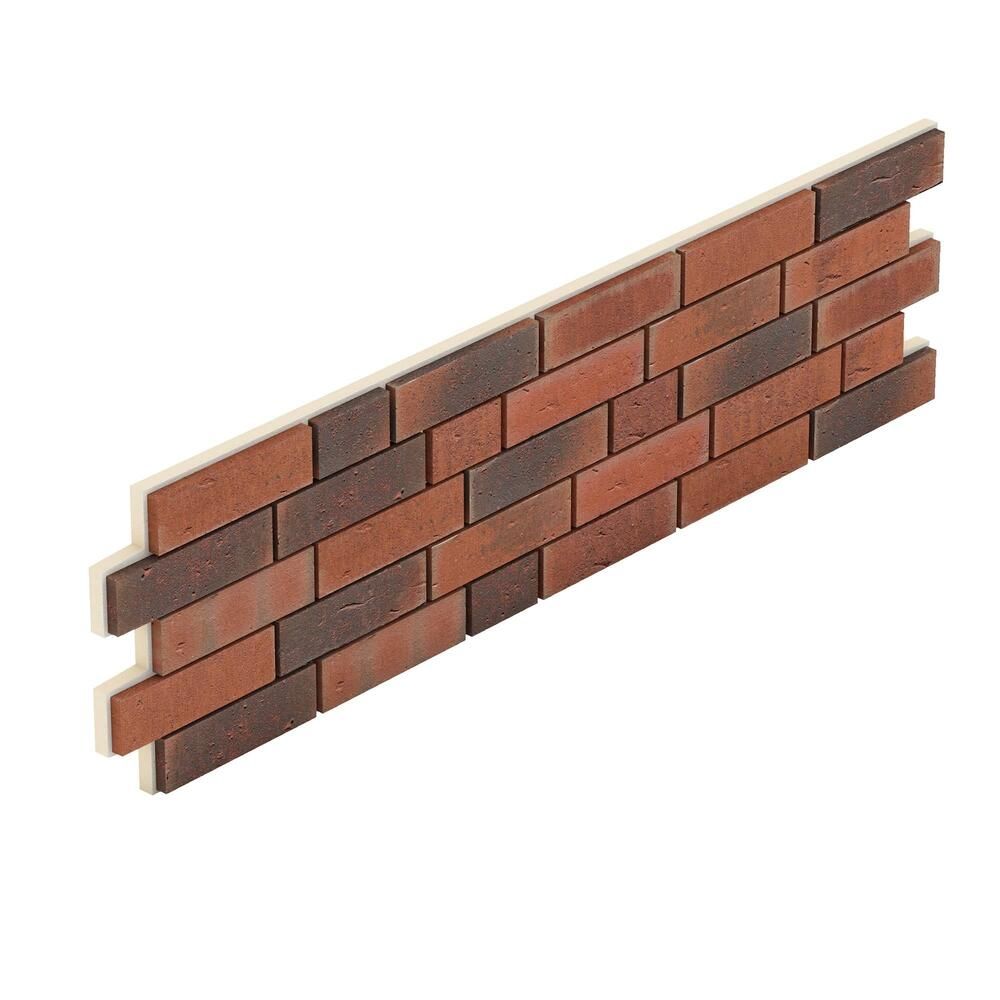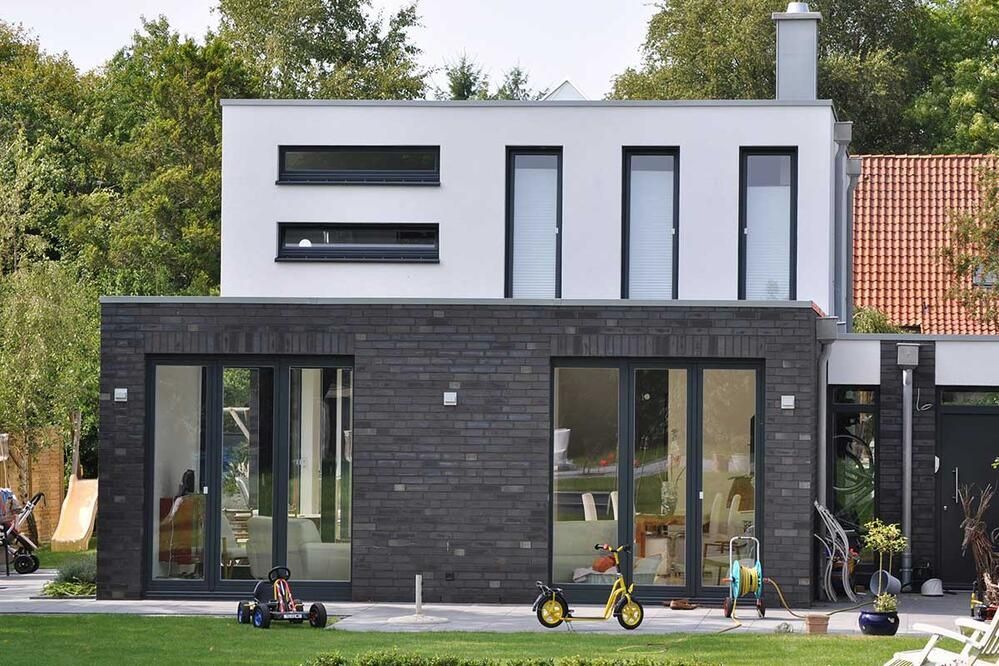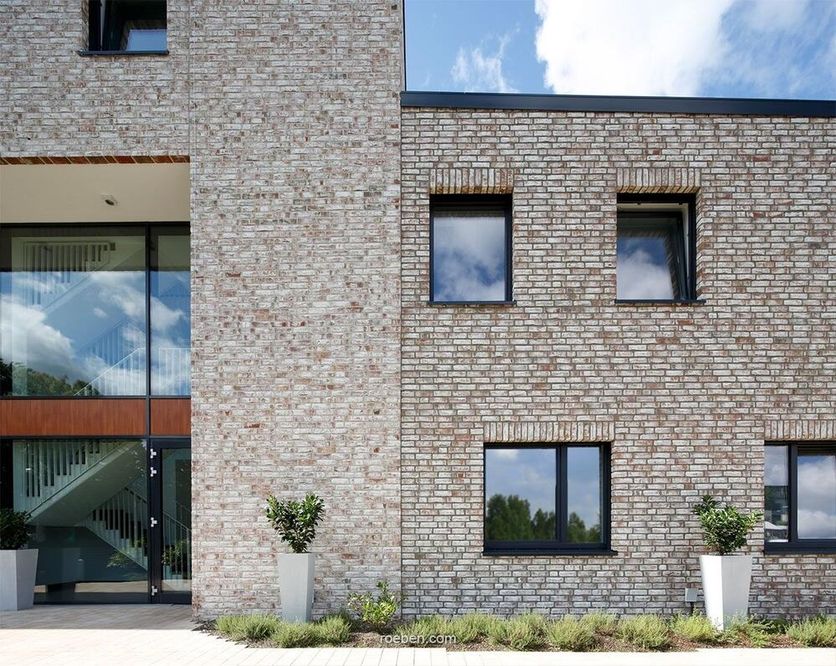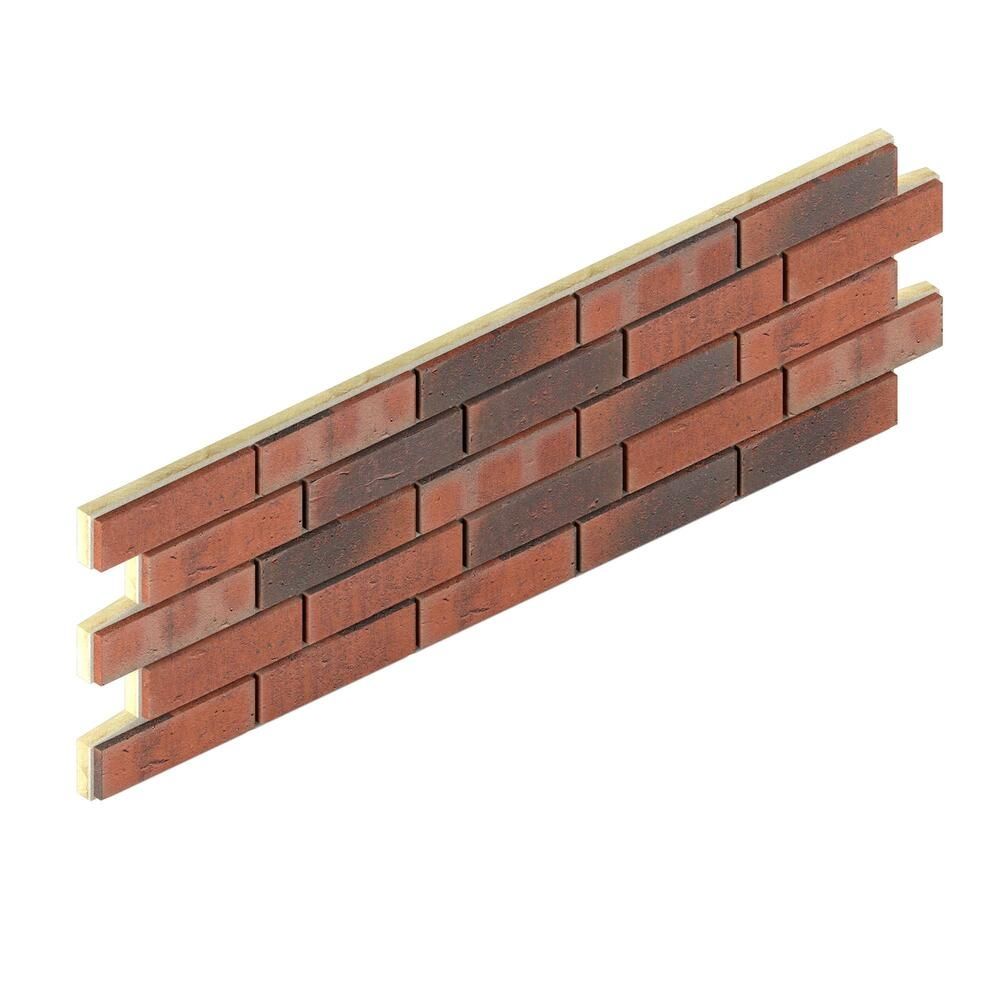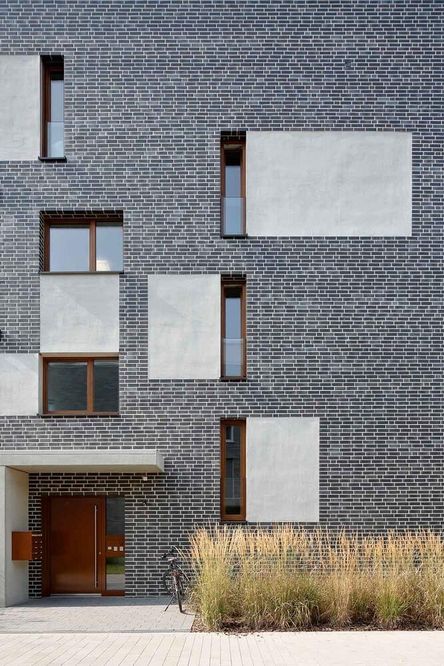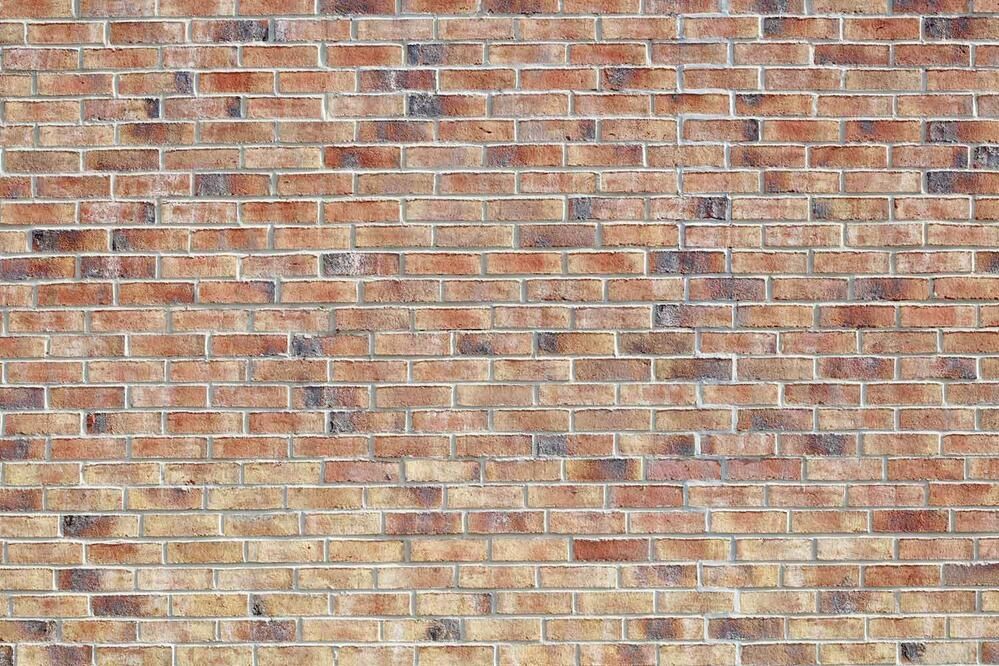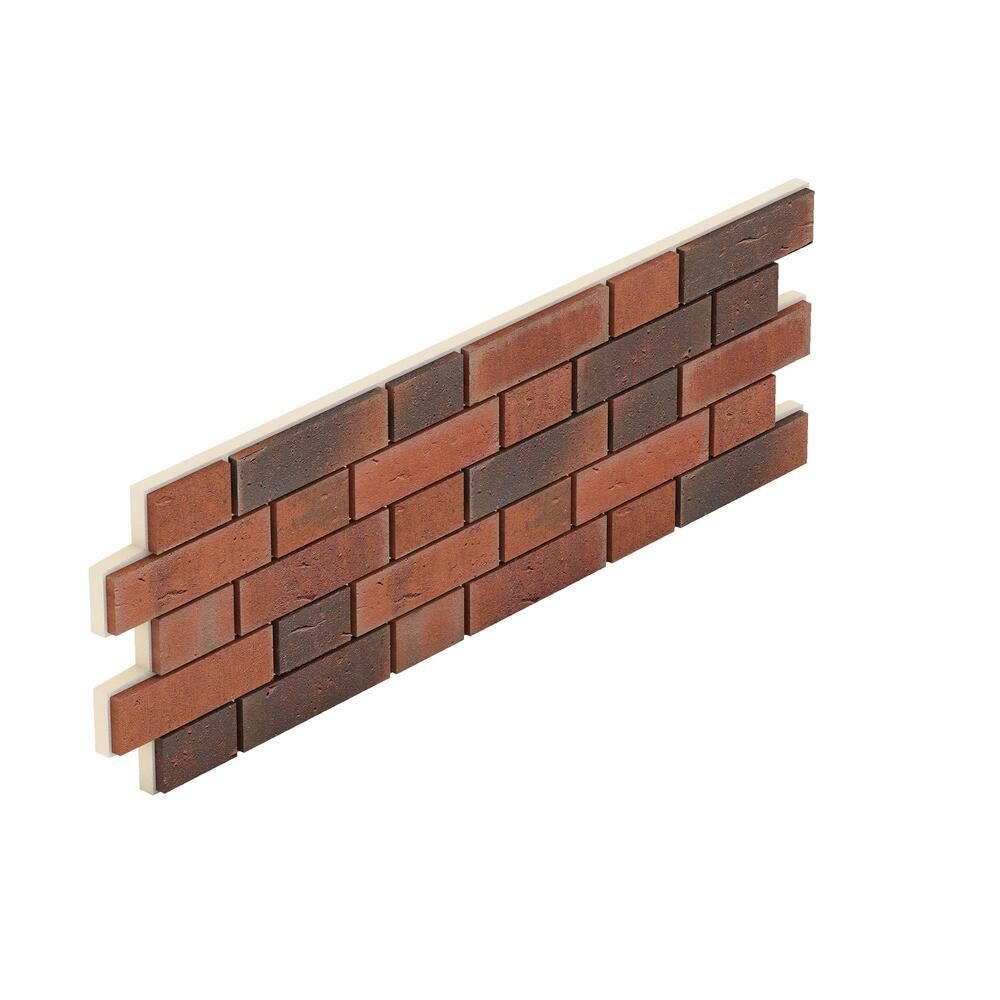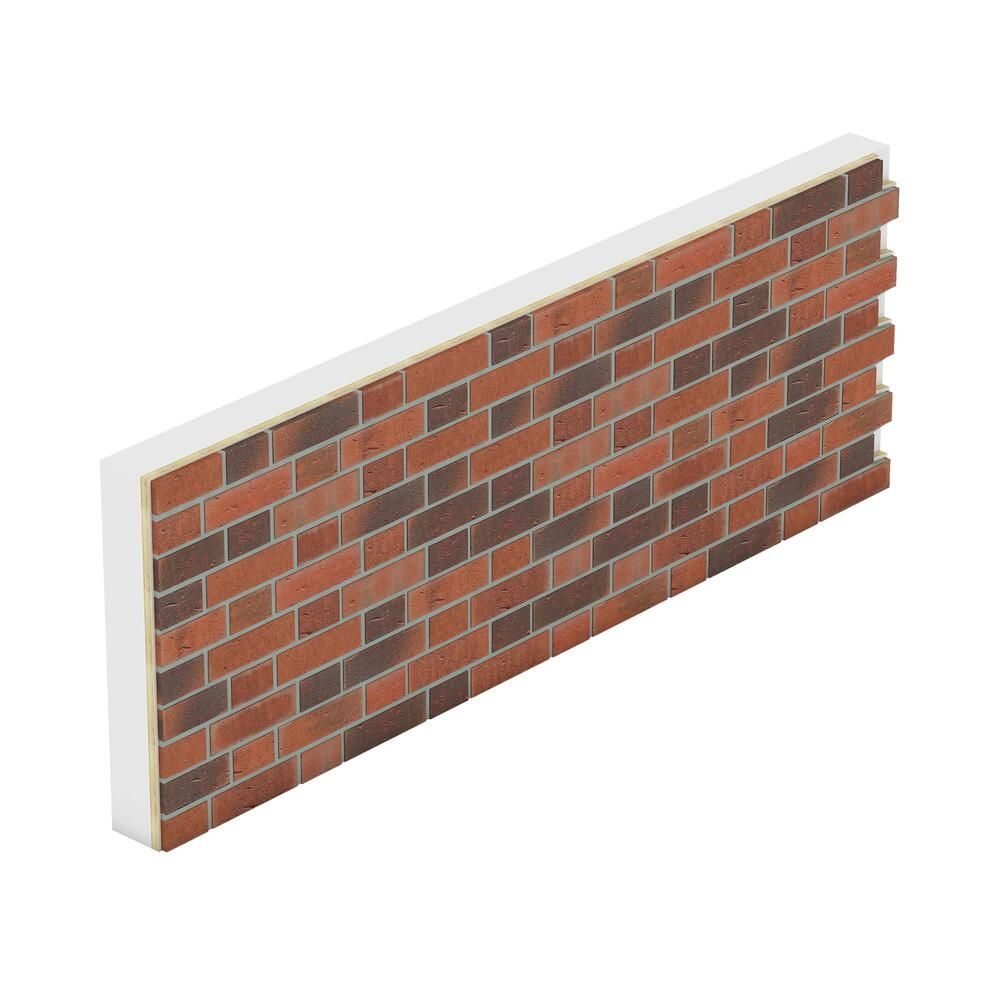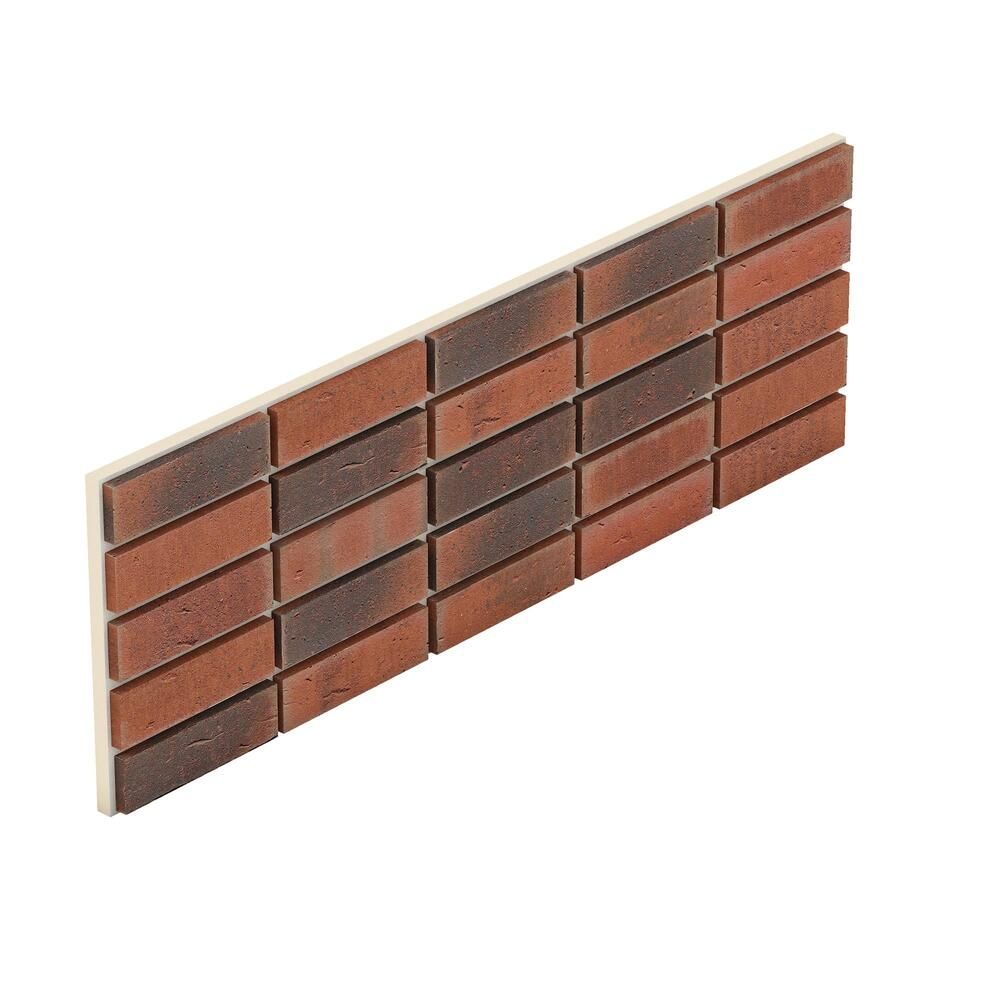THE DIVERSITY OF CLASSIC BRICK facadesIS VIRTUALLY INFINITE
The wealth of shapes and colours of traditional brick facades still characterises the appearance of many famous cities today. With System kess, this richness can be carried into the 21st century.
All the system components are available in different brickwork bonds: house corners, lintels and window reveals are prefabricated to size. This saves time on the building site – and it saves money, both in new builds and renovations.
The result blends harmoniously into the general setting or sets tasteful accents in its surroundings.
Brickwork bond means the way in which bricks or brick slips are arranged within the brickwork. It's actually about stability. When building a wall, clay bricks are staggered and shuffled in order to prevent the occurrence of breaking points and to evenly distribute loads. In this context, clay bricks laid horizontally along their length are called stretchers and clay bricks laid with their ends toward the face of the wall are called headers. This results in a quasi infinite number of different forms of facades.
Together with the size of the joints, the shape and colour of the bricks, the brickwork bond is characteristic for a brick facades outside impression or appearance.
Bonds
STRETCHER BOND
Bricks are laid lengthwise in parallel to the wall surface. All courses consist of stretchers, in which the vertical joints are staggered by half the length of a brick per course (centred bond). If the bricks or stretchers are staggered by 1/3 or ¼ of the length of a brick, the bond is called “raking bond”. When compared to other bonds, the stretcher bond has the best stability.
